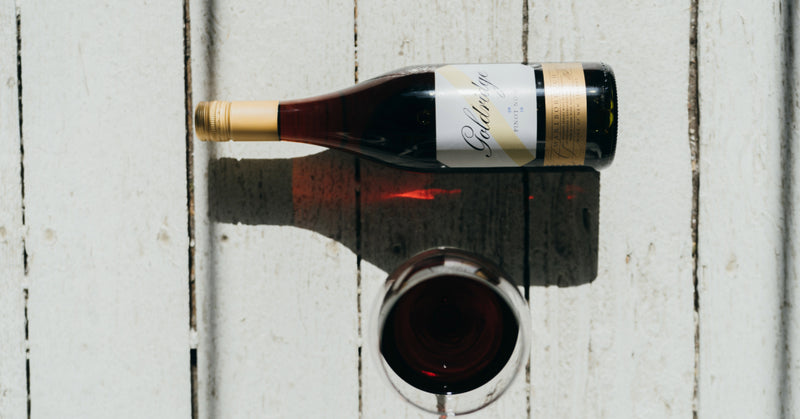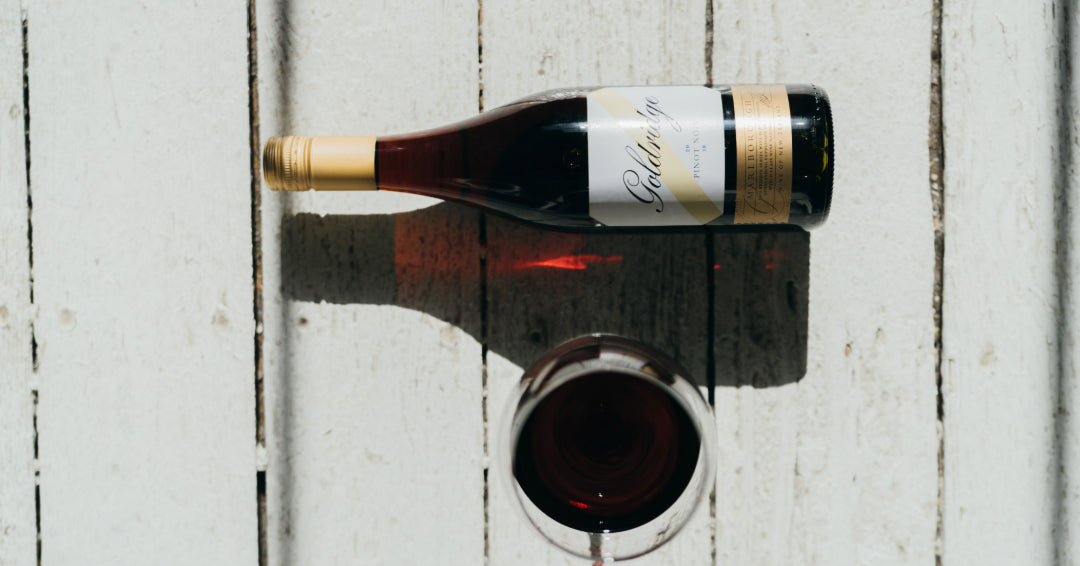
How To Host A Wine Tasting Party
Feeling the urge to learn more about wine? Hosting a tasting night can be the perfect way. Whether you provide the wine or ask each guest to bring a bottle, a tasting party is a fun way to discover new varietals, regions and flavors in one night. Here's our list of things to consider when planning your own tasting party.
Pick a Theme
Whether you want to taste a specific varietal, try a wine from a certain region, or make it as general as reds or whites, determining the theme will help you better prepare for the night give your guests direction on what to bring. Need theme suggestions? Here are some of our favorites:
- Down Under - wines from the Southern Hemisphere hotspots, such as Australia, New Zealand, South Africa or Chile
- Battle of the Blends - to compare a flight of wines that are multiple varietals, such as the popular blends from Bordeaux
- Judgment of Paris - host your own reenactment of the famed blind tasting that put Napa on the map comparing French wines to California vintages
- Grape Families try varietals that share a common lineage, like Pinot Noir and Chardonnay or Cabernet Sauvignon and Sauvignon Blanc
Set a Price Range
Give your guests a price range for the wine they need to bring. We recommend $10-$20 because it's possible to find quality wine without spending a fortune and ensures the bottles to be compared are on equal footing. An affordable range allows your and your guests to explore many different bottles to find a new favorite!
Go Blind
If you hide the labels on the wines you add some fun, keep the tasting free of bias and challenge your guests. You can get paper wine bags intended for blind tastings or make your own constructed from anything from fabric to paper. Thick wrapping paper or even cut grocery bags work great for hiding the label. With a blind tasting you can make a game of guessing between two varietals, picking a cheaper wine from an array of expensive bottles or identifying a flavor note, such as oak.
Tasting Accessories
If you choose to host a blind tasting, the next step is to decide how you'll hide the labels. Using decorative craft paper is a beautiful and easy way to cover the labels of your wine bottles. Try our stencils to create your own label covers or use the stencils themselves as covers. You can also fold a cloth napkin around the bottle to disguise the label.
Blind tasting or not, give each bottle a number so guests can easily discuss the wines they've tasted. We have numbers you can download, print, and put onto your bottles, here. If you want to make the tasting more technical, you can print off our scorecard so guests can jot down the wines' smells, tastes, body and give the wine a final rating. Make it as casual or as technical as you like.
Serving Rules
There are a few simple rules to follow for ensuring the wine is served at its peak. White wine and Rosé are typically served cold, so they can remain in a standard refrigerator until about 20 minutes before you taste. Some red wine require decanting, so for these bottles either decant them before kicking off the tasting or pour the wine through an aerator. Provide palate cleansers for your guests to have between each wine they taste. This will help keep each wine's profile separate. Some good palate cleansers are water, crackers, bread, and fruits with high acidity, such as pineapple.





